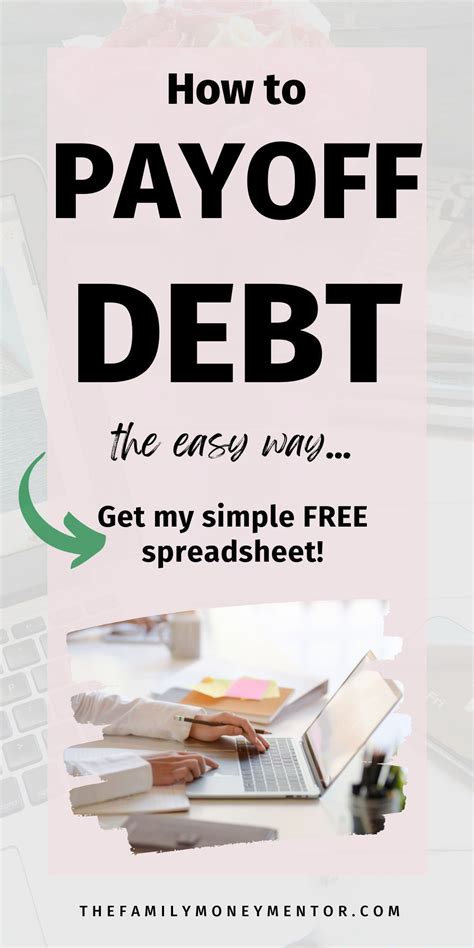High-interest credit card debt can feel like an insurmountable mountain, with interest charges constantly pushing you further behind. However, with the right strategies and unwavering discipline, it is absolutely possible to pay it off quickly and reclaim your financial freedom.
Understanding the High-Interest Trap
Before diving into solutions, it’s crucial to understand why high-interest debt is so detrimental. The high Annual Percentage Rate (APR) means a significant portion of your monthly payment goes directly to interest, barely touching the principal. This compounding effect makes the debt grow rapidly and extends the payoff period significantly, costing you far more in the long run.

Strategy 1: The Debt Avalanche Method
For the quickest path to paying off debt and minimizing the total interest paid, the debt avalanche method is often recommended by financial experts. Here’s how it works:
- List all debts: Compile a list of all your debts, ordered from the highest interest rate to the lowest, regardless of the balance size.
- Make minimum payments: Pay the minimum required amount on all your debts except for the one with the highest interest rate.
- Attack the highest: Throw every extra dollar you can find at the debt with the highest interest rate.
- Roll over payments: Once the highest-interest debt is paid off, take the money you were paying on it (minimum payment + extra payment) and apply it to the next debt on your list (the one with the second-highest interest rate).
This method saves you the most money on interest because you eliminate the most expensive debt first, reducing the overall cost of your debt sooner.
Strategy 2: Balance Transfers to 0% APR Cards
A balance transfer can be a powerful tool if used correctly. Many credit card companies offer introductory 0% APR periods for new balance transfers, typically lasting 12 to 21 months. This gives you a crucial window to pay down a significant chunk of your principal without accruing additional interest.
- Check your credit score: You’ll generally need a good to excellent credit score to qualify for the best 0% APR offers.
- Understand transfer fees: Most balance transfers come with a fee, usually 3-5% of the transferred amount. Factor this into your decision.
- Have a payoff plan: This is critical. Do not transfer a balance without a concrete plan to pay it off entirely before the 0% APR period expires. If you don’t, you could be hit with retroactive interest or a much higher standard APR.
- Avoid new debt: Refrain from using the old, now empty, credit cards or accumulating new debt on the balance transfer card.
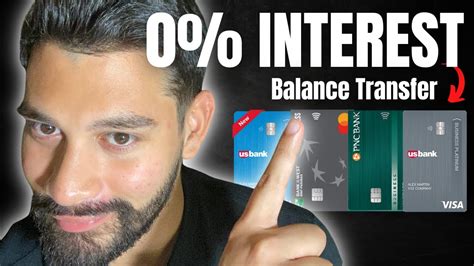
Strategy 3: Debt Consolidation Loans
A debt consolidation loan allows you to combine multiple high-interest debts into a single, new loan, often with a lower interest rate and a fixed monthly payment. This simplifies your payments and can significantly reduce the total interest you pay over time.
- Lower interest rate: If you qualify for a personal loan with a lower interest rate than your credit cards, this can save you money.
- Fixed payments: Predictable monthly payments make budgeting easier.
- Be cautious: Ensure the new loan doesn’t extend your payoff period unnecessarily, which could negate the interest savings. Also, avoid racking up new debt on your now-empty credit cards.
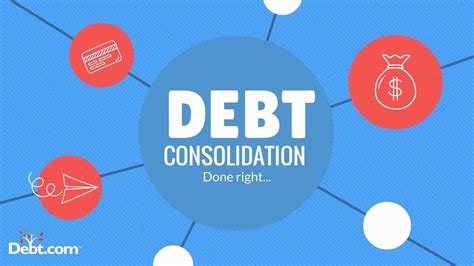
Foundational Steps: Budgeting and Income Enhancement
No debt payoff strategy will be effective without a solid financial foundation. These steps are crucial for freeing up extra cash:
Create a Detailed Budget
Track every dollar you spend. Identify areas where you can cut back, even temporarily. Look at non-essential spending like dining out, subscriptions, entertainment, and impulsive purchases. Every dollar saved can be redirected towards your highest-interest debt.
Increase Your Income
Explore options to boost your earnings. This could include:
- Taking on a side hustle or freelance work.
- Selling unused items around your house.
- Asking for overtime at your current job.
- Negotiating a raise if applicable.
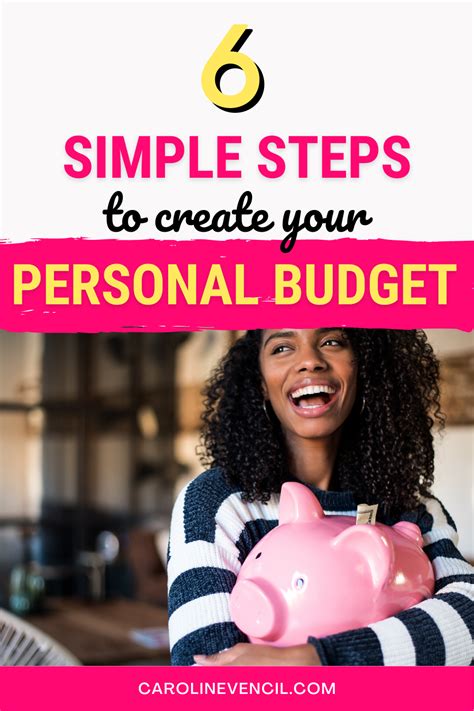
Protecting Your Progress: A Mini Emergency Fund
Before aggressively paying down debt, it’s wise to build a small emergency fund of $1,000-$2,000. This acts as a buffer against unexpected expenses, preventing you from falling back into debt for minor emergencies like car repairs or medical bills. Once this mini-fund is in place, you can then funnel all extra money towards your high-interest debt.
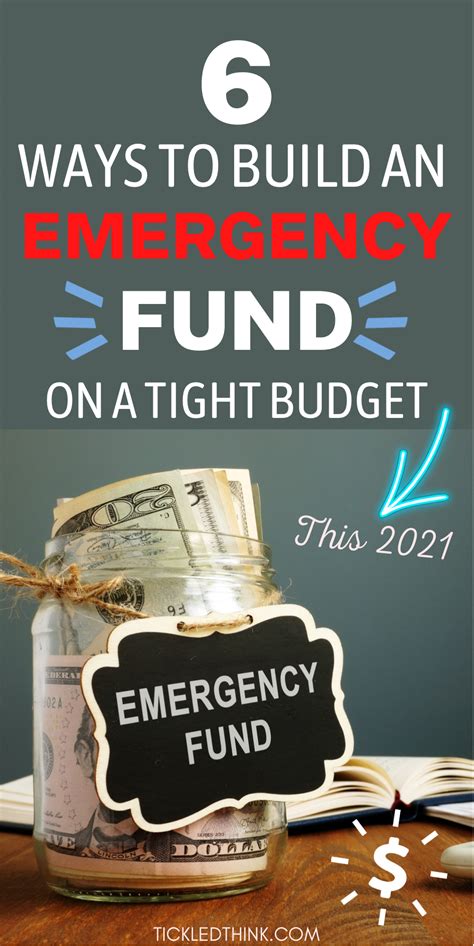
Conclusion
Paying off high-interest credit debt quickly requires a combination of strategic planning, disciplined execution, and a commitment to changing financial habits. Whether you choose the debt avalanche, a balance transfer, or a consolidation loan, remember that consistency is key. By consistently applying extra payments and making smart financial choices, you can effectively eliminate high-interest debt and pave the way for a more secure financial future.


